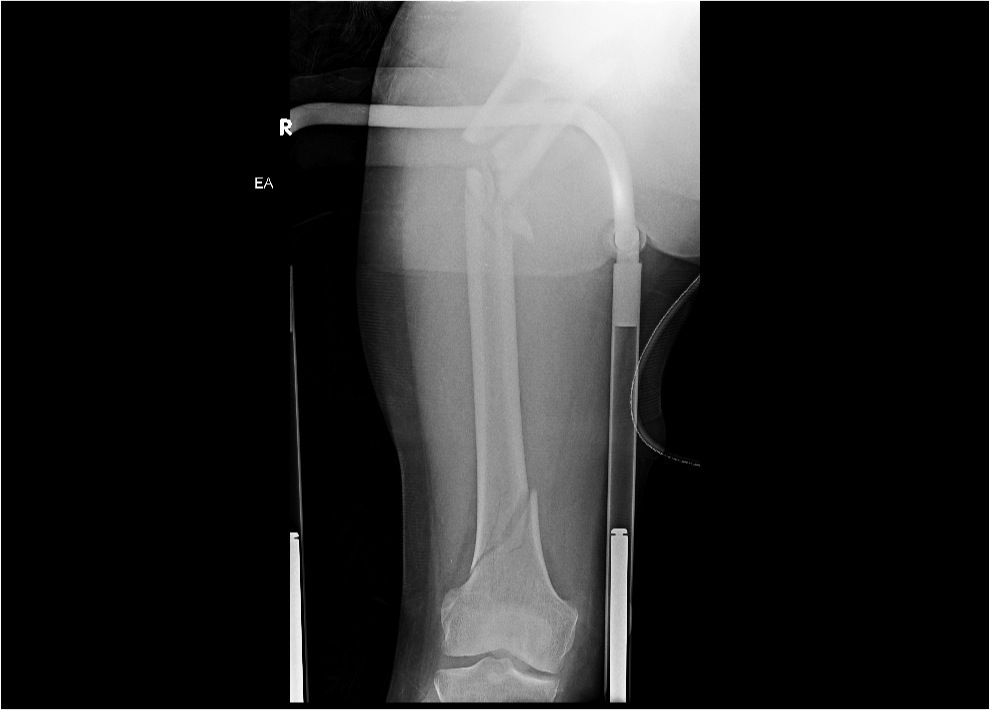Emergency Perineural Femoral catheter
/Placement of catheter allows an incredible amount of flexibility to tailor a block to the clinical circumstance. In our ED the median length of stay is 14 hours, we see large volumes of trauma and a well placed catheter allows re-dosing as needed. A multimodal approach with peri-neural catheters is now standard for battle field pain control. Ironically, we are way behind in most domestic EDs
Ban Tsui, an anesthesiologist at University of Alberta, has devised a simple catheter that is placed much like a regular IV line. Our initial experience has been very impressive indeed. Consider this case.
64yoF head-on MVC at freeway speeds with dislocated shoulder and shattered femur. She was initially in severe pain despite sedation and IV analgesia complicated by severe respiratory depression. An interscalene block was placed and the shoulder was reduced effortlessly. 2-chloroprocaine was used for its fast onset and low toxicity profile. A perineural catheter was placed at the femoral nerve without complication and doses on three separate occasions during here. The analgesia was excellent, she remained alert and comfortable and underwent multiple transfers for placement of a Steinman pin and repeat xrays and CT scanning.
Arrowheads show catheter. IM iliacus muscle. asterisk catheter tip. Yellow arrow femoral nerve
Another patient again showing catheter under the femoral nerve
Catheter during redosing 6 hours after initial placement.







